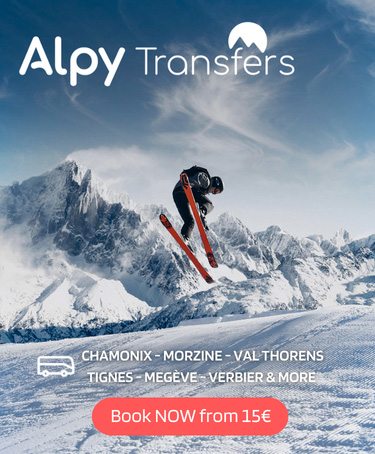Although the Cisa Ikar conference has no real power to impose any accords, the conference reinforces dialogue and has been involved in coordinating some important advances such as the use of a single ARVA* frequency. A topic since last year, rescue professionals are expected to debate the strange practice of not wearing ARVA in the summer despite an omnipresent avalanche /serac danger all year around. Today, conference participants are up on the Grands Montets for workshops on rescue rigging, crevasse rescue, paragliding rescue, RECCO, GPS geolocalisation, and other demonstrations. The conference coincides with the anniversary of Chamonix's 50 years of public mountain rescue service since October 1958. Before 1958, mountain rescue in Chamonix was organized by the mountain guides themselves. After a particularly mediatic failed rescue attempt, the state decided to get involved and created the Chamonix public mountain rescue service under the control of the gendarmes. The PGHM continues to have control over rescue efforts in the Mont Blanc Massif, although the CRS and firemen are sometimes involved in Chamonix and elsewhere in France. Since the 1950s climbing has become more and more a recreational sport. The volume of interventions has also exploded, almost quadrupled from the 70s. But due to modern advances like the use of the helicopter, ARVA and the mobile phone the annual death toll has remained consistent. The death rate has actually been decreasing over the years even as more mountaineers are attempting more and more difficult routes. This summer's death toll is almost a third higher than last year, partly due to the Mont Blanc de Tacul serac avalanche which killed 8 people. * ARVA is a rescue beacon transmitting/receiving device worn by people in the mountains to transmit/receive location signals to rescue buried avalanche victims.
Compare & Book Online with Chamonix.net
- Accommodation
- Activities
- Airport Transfers, Bus & Taxis


